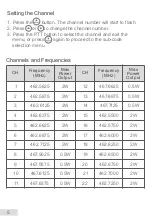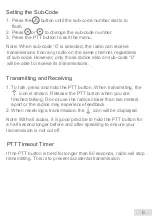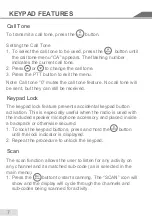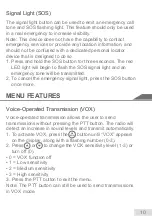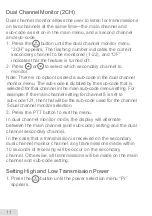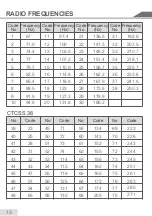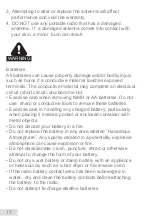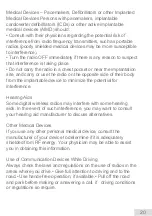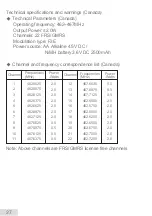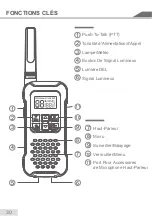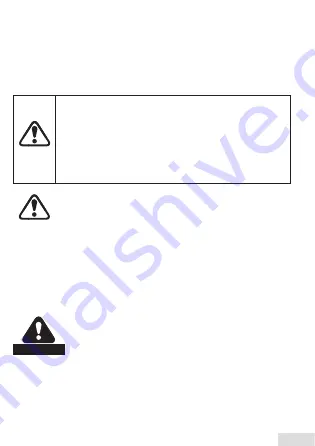
Any changes or modifications not expressly approved by the
party responsible for compliance could void the user's authority
to operate the equipment.
This device complies with part 15 of the FCC Rules. Operation
is subject to the following two conditions: (1) This device may
not cause harmful interference, and (2) this device must accept
any interference received, including interference that may
cause undesired operation.
Note: This equipment has been tested and found to comply
with the limits for a Class B digital device, pursuant to part 15
of the FCC Rules. These limits are designed to provide
reasonable protection against harmful interference in a
residential installation. This equipment generates, uses and can
radiate radio frequency energy and, if not installed and used in
accordance with the instructions, may cause harmful
interference to radio communications. However, there is no
guarantee that interference will not occur in a particular
installation. If this equipment does cause harmful interference to
radio or television reception, which can be determined by turning
the equipment off and on, the user is encouraged to try to
correct the interference by one or more of the following
measures:
• Reorient or relocate the receiving antenna.
• Increase the separation between the equipment and receiver.
• Connect the equipment into an outlet on a circuit different from
that to which the receiver is connected.
• Consult the dealer or an experienced radio/TV technician for help.
Safety Information for Radios
Your wireless handheld portable transceiver contains a low power
transmitter. When the talk button is pushed, it sends out radio
frequency (RF) signals. The device is authorized to operate at a
duty factor not to exceed 50%. In August 1996, the Federal
Communications Commissions (FCC) adopted RF exposure
guidelines with safety levels for handheld wireless devices.
Important
FCC RF Exposure Requirements: For body-worn operation, this
radio has been tested and meets the FCC RF exposure guidelines
when used with accessories supplied or designated for this product.
Use of other accessories may not ensure compliance with FCC RF
exposure guidelines. Use only the supplied antenna. Unauthorized
antennas, modifications or attachments could damage the
transmitter and may violate FCC regulations.
Normal Position
Hold the transmitter approximately 25 mm from your face and
speak in a normal voice, with the antenna pointed up and away.
Warnings
Product safety and RF Exposure for two way radio:
Before using this two way radio, please read the
manual which contains important operating
instructions for safe usage, RF Energy Awareness,
control information and operational instructions for
compliance with RF Energy Exposure limits in
applicable national and international standards, and
also read the operational instructions for safe use.
Test position and configuration Head SAR was performed with
the device configured in the positions according to IEEE1528,
and face up SAR was performed with the device 25mm from the
phantom. Body SAR was performed with the belt clip on the
device 0 mm from the phantom. Body SAR was also performed
with the headset attached and without.
Antennas
CAUTION
WARNING
1. The antenna is unique to this product. Please do not attempt
to alter or replace.
2. For safe operation, the antenna for the product shall be least
25mm away from your face when speaking.
16
Summary of Contents for SCOUT 2W
Page 56: ......




